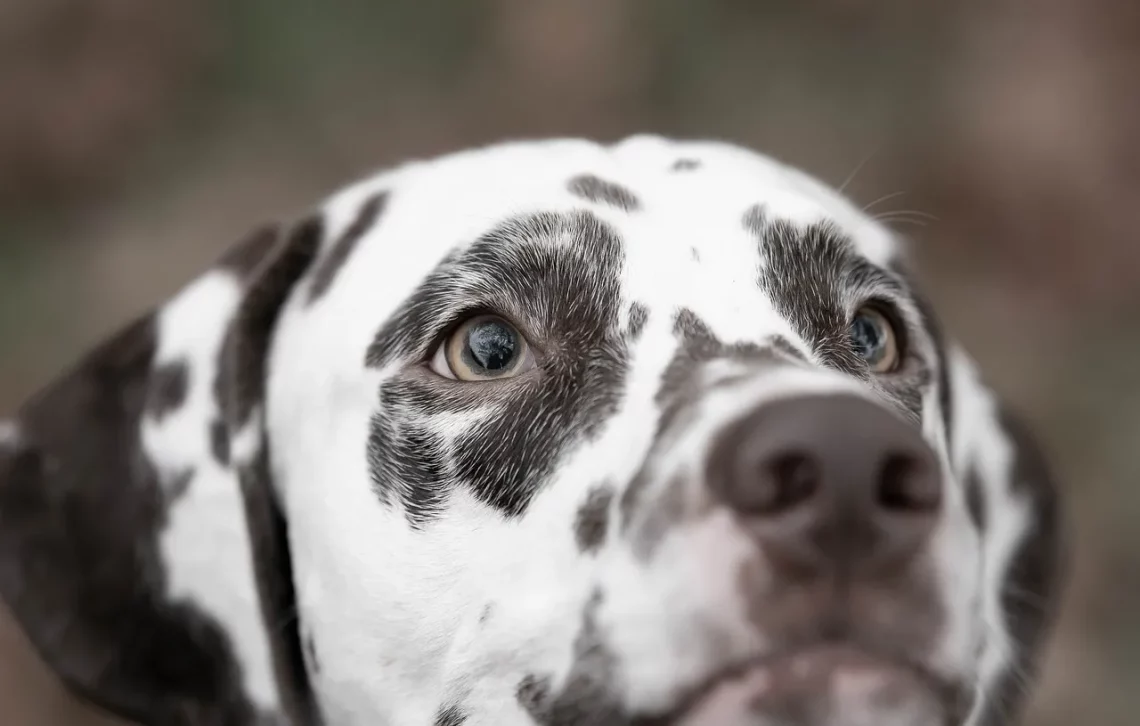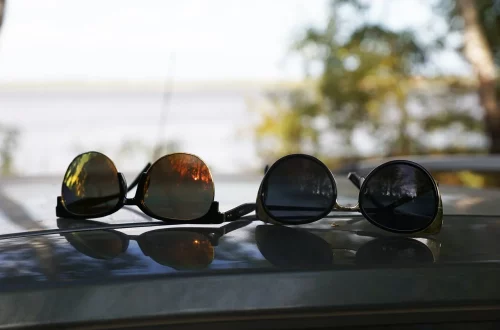
Understanding Canine Vulvoplasty: Procedure and Benefits for Dogs
Canine vulvoplasty is a surgical procedure that can significantly enhance the quality of life for female dogs suffering from various vulvar conditions. As pet owners, we are often faced with the task of ensuring our furry companions are healthy and comfortable. Understanding the intricacies of procedures like vulvoplasty can help us make informed decisions regarding our pets’ health and well-being.
The vulva, an essential part of a female dog’s reproductive anatomy, can sometimes present issues that lead to discomfort or health complications. These problems may stem from congenital abnormalities, infections, or other medical conditions. In such cases, vulvoplasty may be recommended to correct these issues. This procedure not only aims to alleviate physical discomfort but also serves to prevent further health complications that may arise from untreated conditions.
As we delve deeper into this subject, it is essential to recognize the importance of consulting with a qualified veterinarian. They can provide personalized advice based on a dog’s specific circumstances. Through a combination of professional insight and a thorough understanding of the vulvoplasty procedure, pet owners can feel more empowered to make the best choices for their beloved companions.
What Is Canine Vulvoplasty?
Canine vulvoplasty is a surgical procedure designed to reconstruct or modify the vulva of a female dog. This operation is particularly beneficial for dogs suffering from conditions such as vulvar hypoplasia, which is characterized by an underdeveloped vulva, or other abnormalities that may lead to chronic infections, irritation, or even recurrent urinary tract infections.
The surgery typically involves reshaping the vulva to ensure proper anatomical alignment and functionality. Depending on the specific issue being addressed, the procedure can vary in complexity. For instance, if the vulva is too small or improperly positioned, the surgeon may need to remove excess tissue and reposition the remaining structures. In some cases, additional procedures may be necessary to ensure a successful outcome.
Post-surgery, most dogs experience a significant improvement in their quality of life. The discomfort associated with their previous conditions is often alleviated, allowing them to enjoy activities they may have previously avoided due to pain or irritation. It’s important to note that, like any surgical procedure, vulvoplasty carries some risks, including infection, bleeding, and anesthesia complications. However, when performed by an experienced veterinarian, the benefits often outweigh these potential risks.
The recovery process is crucial following vulvoplasty. Dogs typically require a period of rest and restricted activity to allow their bodies to heal properly. Veterinarians often provide specific aftercare instructions that may include managing pain, monitoring for signs of infection, and scheduling follow-up appointments to ensure the surgical site is healing as expected.
Indications for Vulvoplasty
There are several indications for considering vulvoplasty in female dogs. Common conditions that may necessitate this surgical intervention include vulvar hypoplasia, which can cause significant health issues, and chronic vaginitis, leading to frequent infections and discomfort. Additionally, some dogs may suffer from excessive vulvar skin folds, which can trap moisture and bacteria, further exacerbating health problems.
Vulvar hypoplasia is particularly concerning as it can affect a dog’s ability to urinate and may lead to recurrent urinary tract infections. In such cases, a vulvoplasty can help by creating a more functional vulvar structure, thus improving the overall health and comfort of the dog.
Chronic vaginitis is another condition that may indicate the need for vulvoplasty. This condition is characterized by inflammation of the vulva, often resulting from hormonal imbalances or infections. If medical management fails to alleviate the symptoms, surgical intervention can provide the relief that these dogs desperately need.
Excessive skin folds around the vulva can also lead to hygiene issues, resulting in persistent irritation and infections. A vulvoplasty can address this by reducing the amount of excess skin and promoting better airflow and cleanliness in the area.
In addition to these medical conditions, some pet owners may opt for vulvoplasty for cosmetic reasons or to correct congenital deformities. Regardless of the reason, it is crucial for dog owners to consult with their veterinarian to evaluate the specific needs and potential benefits of the procedure for their pet.
The Surgical Procedure: What to Expect
The vulvoplasty procedure typically begins with a pre-operative consultation, during which the veterinarian assesses the dog’s health and discusses the potential risks and benefits of the surgery with the pet owner. It’s essential to provide the veterinarian with a complete medical history and inform them of any medications the dog may be taking.
On the day of the surgery, the dog will be placed under general anesthesia to ensure they remain pain-free and still throughout the procedure. The veterinarian will then make an incision around the vulvar area to access the underlying tissues. The specific techniques used during the surgery will depend on the condition being treated.
After the necessary modifications are made, the incision is closed using sutures or surgical staples. In some cases, a drainage tube may be placed to allow any excess fluid to escape, which can help prevent complications during recovery.
Following the surgery, the dog will be monitored closely as they recover from anesthesia. Pain management is an essential aspect of post-operative care, and veterinarians typically prescribe medications to ensure the dog remains comfortable during the healing process.
Recovery usually involves restricting the dog’s activity to prevent excessive movement that could strain the surgical site. Pet owners should follow the veterinarian’s instructions regarding activity levels, wound care, and any medications prescribed. A follow-up appointment will likely be scheduled to check the surgical site and ensure proper healing.
Long-Term Benefits of Vulvoplasty
The long-term benefits of vulvoplasty can be significant for both dogs and their owners. One of the most immediate advantages is the alleviation of discomfort and pain associated with various vulvar conditions. Dogs that previously experienced chronic infections or inflammation often show remarkable improvement in their overall demeanor and activity levels following the surgery.
Moreover, vulvoplasty can help prevent future health complications. By addressing anatomical issues, pet owners can reduce the risk of recurrent urinary tract infections and other related conditions, ultimately leading to fewer veterinary visits and a lower financial burden associated with ongoing medical care.
Another important benefit is the enhancement of hygiene. Dogs with excessive skin folds or anatomical abnormalities may struggle to maintain cleanliness, leading to infections and discomfort. Post-surgery, these issues are often resolved, allowing for better hygiene and overall health.
Additionally, the psychological benefits for both the dog and the owner should not be overlooked. When dogs are free from pain and discomfort, they can engage in more activities, enjoy walks, and play with their owners without hesitation. This improvement in quality of life can strengthen the bond between pet and owner, fostering a happier and healthier household.
In conclusion, understanding the significance of canine vulvoplasty can empower pet owners to make informed decisions regarding their dog’s health. By recognizing the indications for the procedure, understanding the surgical process, and appreciating the long-term benefits, dog owners can better advocate for their pets’ well-being.
**Disclaimer: This article is intended for informational purposes only and should not be considered medical advice. Always consult with a qualified veterinarian regarding health concerns and treatments for your pet.**




